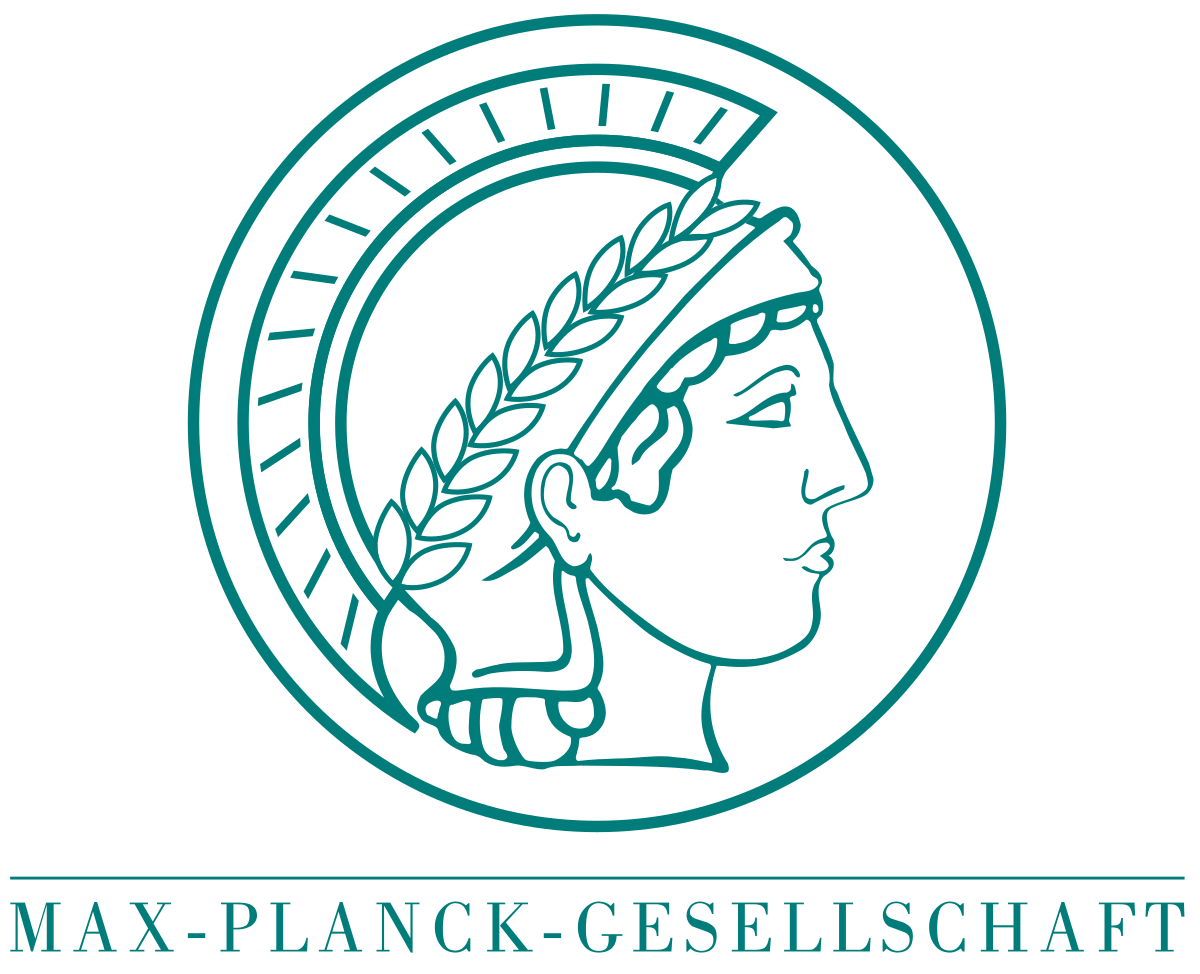Max Planck Society

The Max Planck Society is Germany's most successful research organization. Since its establishment in 1948, no fewer than 18 Nobel laureates have emerged from the ranks of its scientists, putting it on a par with the best and most prestigious research institutions worldwide. The more than 15,000 publications each year in internationally renowned scientific journals are proof of the outstanding research work conducted at Max Planck Institutes – and many of those articles are among the most-cited publications in the relevant field.
What is the basis of this success?
The scientific attractiveness of the Max Planck Society is based on its understanding of research: Max Planck Institutes are built up solely around the world's leading researchers. They themselves define their research subjects and are given the best working conditions, as well as free reign in selecting their staff. This is the core of the Harnack principle, which dates back to Adolph von Harnack, the first president of the Kaiser Wilhelm Society, which was established in 1911. This principle has been successfully applied for nearly one hundred years. The Max Planck Society continues the tradition of its predecessor institution with this structural principle of the person-centered research organization.
The currently 83 Max Planck Institutes conduct basic research in the service of the general public in the natural sciences, life sciences, social sciences, and the humanities. Max Planck Institutes focus on research fields that are particularly innovative, or that are especially demanding in terms of funding or time requirements. And their research spectrum is continually evolving: new institutes are established to find answers to seminal, forward-looking scientific questions, while others are closed when, for example, their research field has been widely established at universities. This continuous renewal preserves the scope the Max Planck Society needs to react quickly to pioneering scientific developments.